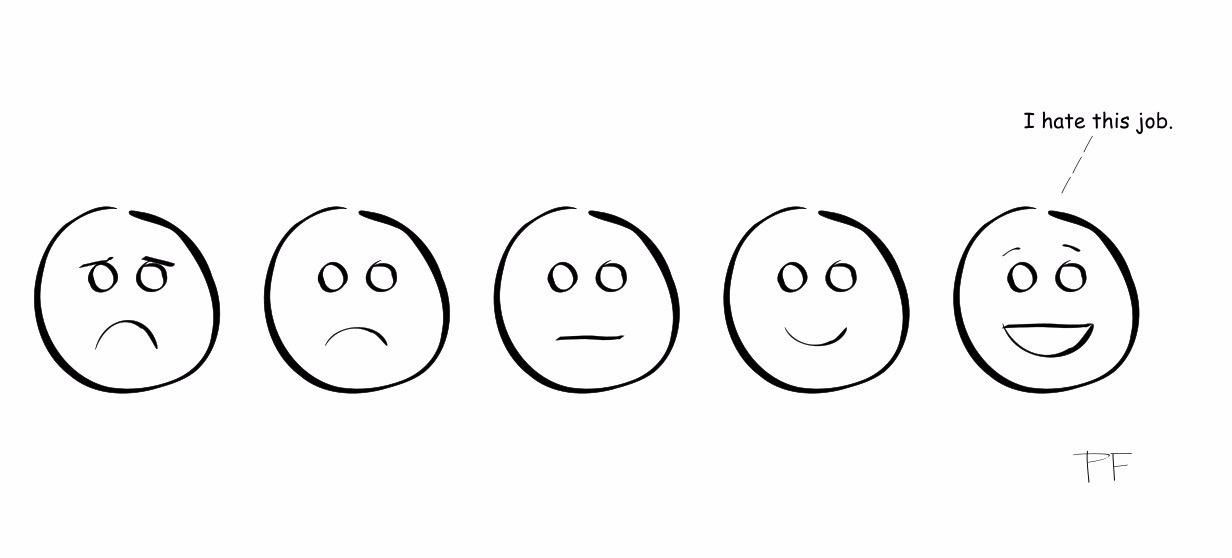Customer research confusion reduction – There are six types of customer surveys
There is quite a lot of confusion about which types of customer research are useful for predicting revenue, and which serve more general purposes. No matter what type of research you want to start, there is an important principle to observe: You must provide more value than you extract! Customers must get more benefit from your process than you do. You have to tell them why you are asking questions, what you have learned, and what you then plan to do.
The communication part is simple, though most companies do not do it. Implementation is harder. If you do not have the people and money necessary to act on what you learn from customer research, you should not do it at all. Those resources need to be guaranteed before you start, not afterwards.
Six survey types
Here are the six types of general customer experience research. Each survey type has specific uses.
- Benchmark surveys are used to compare your performance with that of your competitors. If the survey and measurement system are chosen correctly, the trend in your performance compared to that of your main competitor will predict your relative market share. Benchmarks can be done at the level of your overall brand, as well as for individual divisions, products and services. The best are ‘double-blind’. This means you don’t know who answers, and the people answering do not know who is funding the research. Most double-blind surveys are panel-based, and panel members receive points or cash-equivalents for responding. The clear disadvantage is that there is no way of following up with an unhappy customer, since you don’t know who has responded.
- Brand surveys are those where you ask your customers, partners or employees for their views on your company overall, as distinct from any individual product or service. If you can avoid influencing the responders, brand survey results trends can give you an indication of future revenue trend. However, since your brand survey does not cover your competitors, you don’t really know whether you are improving relative to them, so can’t predict revenue accurately If you improve, but they improve more quickly, you lose share over time.
- Relationship surveys are in-depth research with your most important customers. While they are a subset of brand surveys, they require a specific methodology. They are particularly useful if your company has a small number of large customers that provide the majority of your revenue. The best relationship surveys are done face-to-face by a customer experience professional from your own company. They are more directly useful than benchmark surveys in that the input can be worked on directly with your customers. When relationship surveys are done by a function that is independent of the people being measured, they can be good revenue predictors for that customer segment.
- Product / service / project surveys get feedback from customers about one of your individual product or service offerings. Using the example of Apple, a benchmark survey would cover the overall brand, while a product survey would be about an individual Mac or iPhone model, for example. They are not good revenue predictors.
- Transactional surveys measure customer experience with various customer contact points. Examples would be satisfaction with a price quotation, an ordering process or with telephone support. They do not predict revenue.
- Supplier surveys are often neglected. Many large companies survey their own people about the experience they have with a list of suppliers. The company’s procurement people are then measured on improving supplier performance in whatever dimensions are felt to be defective. If your company is covered by such a survey run by one of your customers, you are in luck. As distinct from all other survey types, the customer has ‘skin in the game’ and will want to work with you on improvements. Syndicated supplier surveys also exist.
Feedback welcome below. I would be happy to hear contradictory views.



